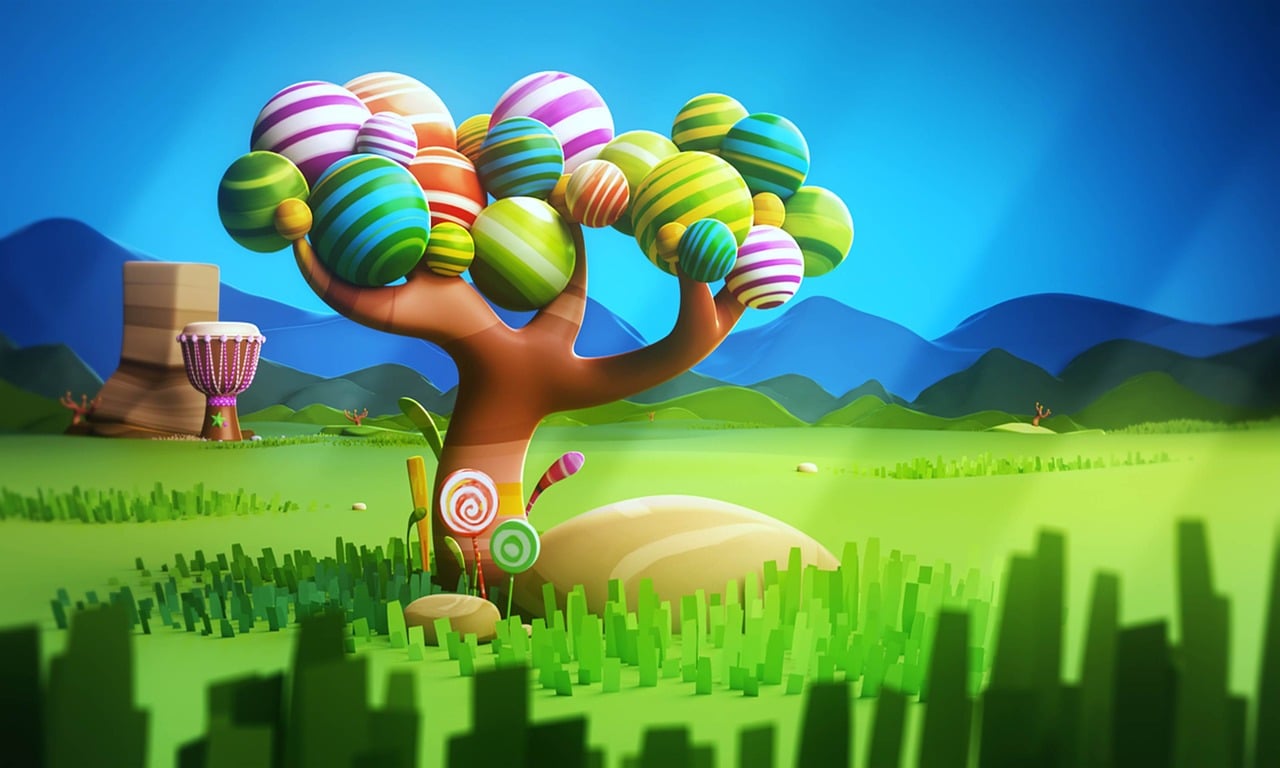1. Coincidence and Statistical Probability
- Explanation: With the sheer volume of content produced in long-running shows like The Simpsons, some scenarios are bound to align with real-world events purely by chance.
- Example: If a show makes hundreds of jokes or predictions, a few might unintentionally align with reality, creating an illusion of prediction.
2. Satire and Social Commentary
- Explanation: Many cartoons, especially satirical ones like The Simpsons or South Park, exaggerate or comment on existing trends, cultural phenomena, or politics. These exaggerations might later resemble real events as trends evolve.
- Example: If a show jokes about technology becoming invasive, and years later, facial recognition becomes widespread, it seems predictive but is rooted in observing existing trends.
3. Retrospection and Confirmation Bias
- Explanation: Viewers often remember specific "accurate predictions" while ignoring countless other guesses that never came true. This selective memory reinforces the illusion of foresight.
- Example: People may recall The Simpsons joking about Donald Trump becoming president but forget other outlandish scenarios that never happened.
4. Influence on Reality
- Explanation: In rare cases, cartoons might inadvertently inspire real-world events or innovations because creators and viewers share cultural influences.
- Example: A scientist or inventor might get ideas from fiction, turning it into reality, but this is creation, not prediction.
5. Time Travel Myths and Conspiracies
- Explanation: Some people speculate that certain cartoons "predicted the future" due to their uncanny accuracy, sparking conspiracy theories. In reality, most claims are exaggerated or taken out of context.
- Example: Internet users often manipulate or reinterpret old cartoon scenes to make them seem prophetic.
Key Takeaway
Cartoons don’t predict the future—they reflect creative interpretations of existing realities, trends, and possibilities. When these align with real events, it’s a combination of coincidence, insightful commentary, and retrospective reinterpretation. The "predictions" are often less magical than they appear.
Here are some well-known examples of cartoons seemingly "predicting the future," along with explanations of how these alignments occurred:
1. The Simpsons: Donald Trump as President
- Episode: Bart to the Future (2000)
- What Happened: The episode humorously depicted a future where Lisa Simpson becomes the U.S. President, inheriting financial problems caused by Donald Trump's presidency.
- Reality: Trump became the U.S. President in 2016.
- Explanation: Trump was a well-known businessman and public figure in 2000, frequently discussing a potential presidential run. The show’s writers satirized this possibility, which later became a reality due to unrelated political factors.
2. The Simpsons: Smartwatches
- Episode: Lisa's Wedding (1995)
- What Happened: A future-based episode showed a smartwatch used for communication.
- Reality: Smartwatches like the Apple Watch became widely available in the 2010s.
- Explanation: The concept of wearable communication devices was already present in science fiction and emerging tech ideas, like Star Trek. The writers imagined a plausible future gadget.
3. The Simpsons: The Higgs Boson
- Episode: The Wizard of Evergreen Terrace (1998)
- What Happened: Homer writes a mathematical equation on a chalkboard that resembles an early equation predicting the mass of the Higgs boson particle.
- Reality: The Higgs boson was confirmed by CERN in 2012.
- Explanation: The show consulted scientists and mathematicians to create realistic equations as a joke. The equation wasn’t a discovery but an informed nod to existing theoretical physics.
4. The Jetsons: Video Calling
- Show Debut: 1962
- What Happened: The cartoon featured video phones, allowing the characters to make video calls.
- Reality: Video calling became mainstream with platforms like Skype (2003) and Zoom (2020s).
- Explanation: The concept of video calling was a common speculative idea in mid-20th-century science fiction. The creators extrapolated from existing technology like telephones and television.
5. South Park: Tiger Woods Scandal
- Episode: Sexual Healing (2010)
- What Happened: The episode joked about Tiger Woods’ marital troubles and infidelities.
- Reality: Scandals about Tiger Woods' personal life broke later that year.
- Explanation: Woods' troubles were already rumored before the episode aired, making the commentary a timely reflection rather than a prediction.
6. Futurama: The Ebola Virus Outbreak
- Episode: Fear of a Bot Planet (1999)
- What Happened: A character makes a casual reference to an "Ebola virus."
- Reality: The Ebola outbreak of 2014 became a major global crisis.
- Explanation: Ebola was already a known virus, having caused outbreaks in the 1970s and 1990s. The reference was based on existing awareness, not foresight.
7. Family Guy: Boston Marathon Bombing
- Episode: Turban Cowboy (2013)
- What Happened: The episode included a scene where Peter Griffin accidentally causes an explosion at the Boston Marathon.
- Reality: A bombing occurred at the Boston Marathon just weeks after the episode aired.
- Explanation: This is purely coincidental. The episode aired before the tragedy, and the connection was purely accidental.
Why They Seem Uncanny
- Pattern Recognition: People often seek patterns in chaos, focusing on a few “hits” among countless “misses.”
- Retrofitting: Details in older episodes are reinterpreted to match modern events.
- Cultural Influence: Fiction can shape real-world ideas, making it look like a show predicted the future.


